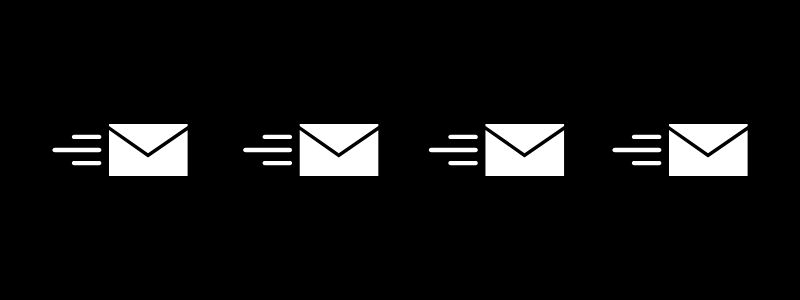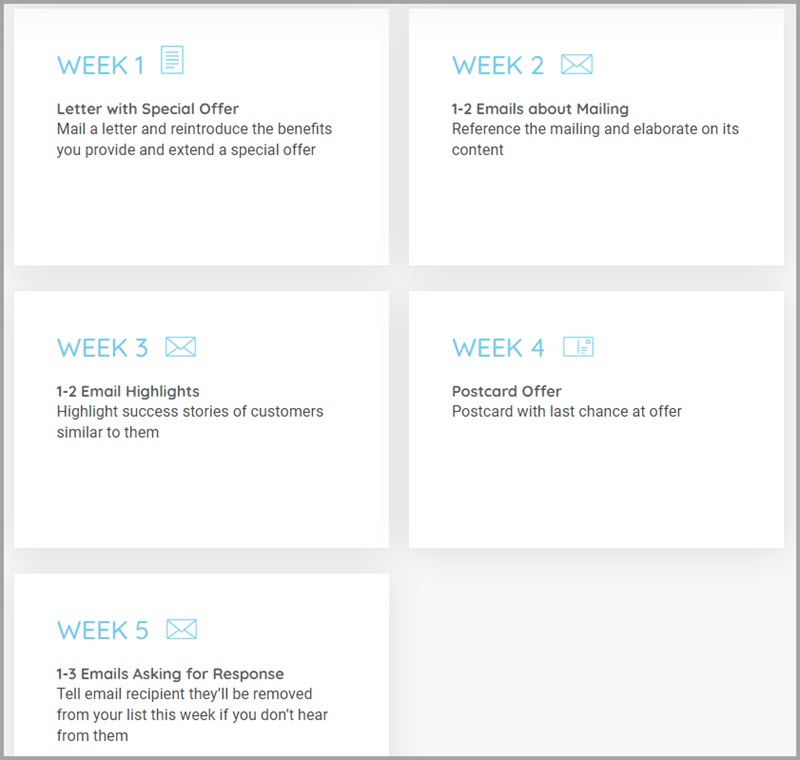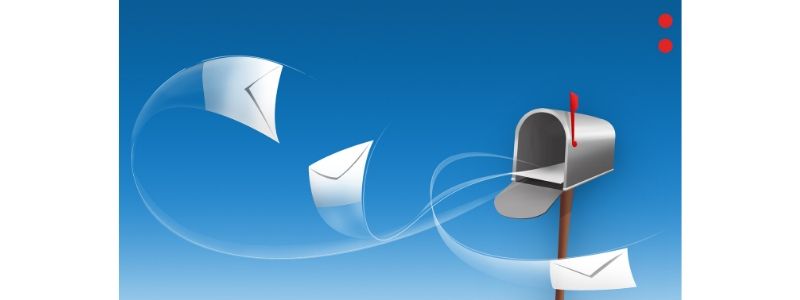A thorough and effective sales pipeline streamlines your sales process and allows your dental lab sales team to visualize where all potential customers live in the buying process. Keeping your pipeline healthy and controlled will boost sales velocity and revenue outcomes.
Think about it – if it takes three weeks for any given deal to make it through your sales pipeline instead of four, then by the end of any given period, you’ll have closed 33% more deals. The key is building out a successful pipeline and consistently managing it.
Although every dental lab has its own process that works best for them, in this article we will cover the basics of what a sales pipeline is, the fundamental steps required, and how you can best manage your pipeline.
Sales Pipeline Stages
What is a sales pipeline?
A sales pipeline is the sequence of steps you lead a prospect through from the beginning to the end of a sale – the pipeline helps to visualize where prospects are in the sales process.
A sales pipeline helps your sales team identify which stages need more attention so your team can focus on improving those stages to increase sales velocity. Your pipeline also helps forecast results and revenue by viewing which stages the prospects are currently in and how many will make it through the pipeline by a given time.
What are the main stages of a sales pipeline?
- Prospecting
- Qualifying
- Demonstrate
- Proposal
- Closing
Prospecting
The pipeline begins with Prospecting (or Lead Generation). Prospecting is the process of identifying potential customers that your product or service will benefit, and then systematically communicating with them. Lead Generation is the process of attracting and engaging prospects through marketing activities such as campaigns, events, and content marketing.
Here are 7 techniques to get your prospects to say yes.
Qualifying
Before taking the prospect through the pipeline, make sure they’re a good fit. Through research and conversation – dig into their pain points, buyer persona, company size, budget, etc. This will also help establish who your high-value prospects are and prioritize deals based on the likelihood of them leading to a sale.
A sales technique for qualifying your leads is through BANT. This is a formula used to determine whether it’s the right time to sell to a prospect and helps to separate hot deals from time-wasters through a series of questions.
Demonstrate
This is where you demonstrate the product or service to the prospect to make sure it resonates with them. This will differ according to your product or service, but it’s important to demonstrate all the features and capabilities, emphasize the advantages of implementing your solution, handle any objections, and answer all questions.
Proposal
Once you’ve qualified the prospect and demonstrated your solution, your proposal will be much easier to personalize and tailor to the specific prospect. Your proposal dives into the details of your solution such as price and length, all while staying personalized and directed towards their pain points and why your product or service will benefit them specifically.
Here are some fundamental elements to include in your proposal:
- Executive summary
- Personalization
- Outcomes
- Pricing
- Next steps
- CTA
Closing
Whether the prospect becomes a customer or you lose the deal, closing for both is important. If you’ve won the sale – follow up, get them the paperwork they need, provide onboarding steps if necessary, and make the transition as smooth as possible. If you have lost the sale – do your best to maintain a relationship for the future, ask for feedback, and reflect.
Tip: once the sale is closed, salespeople can still follow up with the customer to make sure they’re happy. This helps with loyalty but also remaining in contact with the customer for future sales. Loyal customers can come back to the sales pipeline by repurchasing additional products or services such as upgrading their accounts.
Sales Pipeline Management
Keep your sales pipeline healthy
Always keep track of your sales pipeline and monitor its growth and health. Your pipeline should always be growing or at least staying consistent with new deals leaving and entering simultaneously.
Another indicator of a healthy pipeline is to consistently have prospects at every stage. Make sure these opportunities maintain momentum – don’t let a good lead slip through the cracks!
Prioritize top deals
Monitoring the length of the deal to estimate the closing period can help with prioritization and sales activities. Certain deals move through your sales pipeline differently than others. And some deals you need to prioritize.
A tip is to have certain qualification criteria for each stage to determine the top priorities you need to work on first. If you’re consistently monitoring your pipeline, you’ll begin to understand patterns of length and likelihood of dropping depending on the kind of deal.
Drop deals that aren’t progressing
Deals that aren’t moving and are stuck at a particular stage are in most cases not likely to make it through the pipeline. These are a waste of time – so make sure to clean up your sales pipeline regularly to avoid clutter.
When a prospect is at a standstill, either decide to remove them or focus on picking up momentum with this particular deal. A key indicator is if they’ve surpassed the average sales cycle length.
Monitor pipeline metrics
Monitoring your metrics is a key indicator of the growth and progress of your sales initiatives. Focus on metrics that indicate pipeline health such as the number of deals in your pipeline, the average lifetime of a deal, the average size of deals, and the percentage of deals that make it through the pipeline.
It’s also important to monitor your pipeline to identify opportunities or areas in the sales process that need improvement. Your sales pipeline can also indicate barriers and identify blockers that your sales manager needs to address.
Reflect and improve
Which sales techniques are working and which are not?
What stages are taking longer than others?
It’s important to regularly review your pipeline and the progress of your sales team. Indicate barriers and what is slowing down the momentum, then work on and improve your sales techniques accordingly.
Establish and execute
Establish your pipeline, execute, measure, and reflect.
Your sales pipeline is essential for growth in not only your sales team but your business as a whole. Establish what each stage of your pipeline entails and your team’s plan and techniques for each. Use the data and metrics your sales pipeline provides to improve your sales process.
From prospecting to closing – keep the stages in a sequence and maintain a process-oriented visual dashboard of your pipeline to avoid any opportunities from slipping through the cracks.










